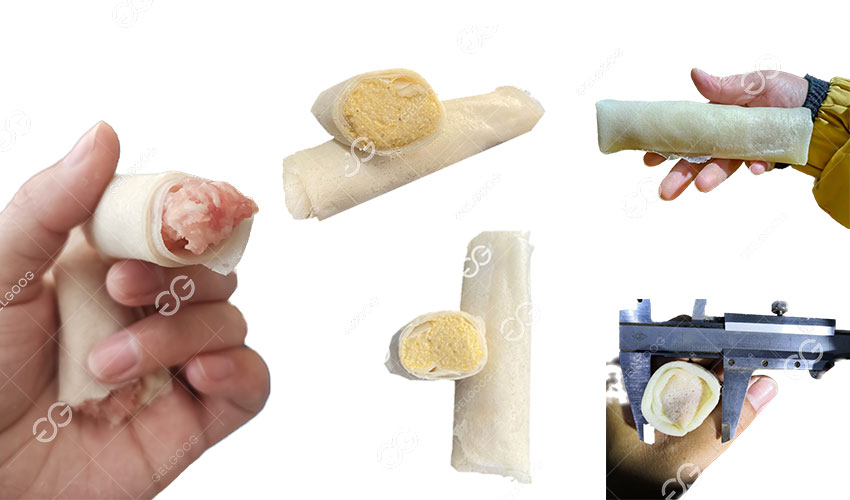Our page uses cookies
We use cookies to personalize and enhance your browsing experience on our website. By clicking "Accept All", you agree to use cookies. You can read our Cookie Policy for more information.
Make Food Production Easier
Sign up
In recent years, there has been a noticeable trend across industries towards the adoption of fully automated production lines. This shift is driven by a variety of factors, each of which has led to widespread awareness of the benefits that food processing automation brings to modern manufacturing processes.
1. Increased Efficiency: One of the primary reasons for the transition to food fully automated production lines is the significant increase in efficiency they offer. Automation eliminates many of the bottlenecks and inefficiencies associated with manual labor, resulting in faster production cycles and higher output levels.
2. Enhanced Precision and Consistency: Food Automation ensures a higher degree of precision and consistency in manufacturing processes. Machines programmed to perform specific tasks can do so with remarkable accuracy, reducing errors and variations in the final product. This consistency is crucial for maintaining quality standards and meeting customer expectations.
3. Cost Reduction: While the initial investment in food automation technology may be substantial, the long-term cost savings are significant. Automated production lines reduce labor costs by minimizing the need for manual labor, decreasing the risk of human error, and optimizing resource utilization. Over time, these cost savings outweigh the initial investment, making automation a financially sound decision for many businesses.

4. Flexibility and Adaptability: Fully automated production lines offer greater flexibility and adaptability compared to traditional manufacturing methods. With advanced programming and robotics, these systems can quickly switch between different products or production processes, allowing businesses to respond rapidly to changing market demands and customize products to meet specific customer requirements.
5. Improved Workplace Safety: Automation eliminates many of the hazards associated with manual labor, leading to improved workplace safety conditions. By replacing repetitive, physically demanding tasks with automated systems, businesses can reduce the risk of workplace injuries and create a safer working environment for their employees.
6. Sustainable Manufacturing Practices: Automation can contribute to more sustainable manufacturing practices by optimizing resource usage and minimizing waste generation. By precisely controlling production processes, automated systems can reduce energy consumption, raw material usage, and environmental impact, aligning with the growing emphasis on sustainability in modern industry.
In conclusion, the shift towards fully automated production lines reflects a strategic response to the evolving needs and challenges of modern manufacturing. By embracing automation, businesses can unlock a range of benefits, including increased efficiency, precision, cost savings, flexibility, safety, and sustainability. As technology continues to advance, the adoption of automation is expected to accelerate further, reshaping the landscape of manufacturing and driving innovation across industries.
Email: isle@gelgoog.com
WhatsApp/Phone: +86 18538123076
 E-Mail
isle@gelgoog.com
E-Mail
isle@gelgoog.com
 Contact
0086-18538123076
Contact
0086-18538123076
 Whatsapp
0086-18538123076
Whatsapp
0086-18538123076
 TOP
TOP
We use cookies to personalize and enhance your browsing experience on our website. By clicking "Accept All", you agree to use cookies. You can read our Cookie Policy for more information.